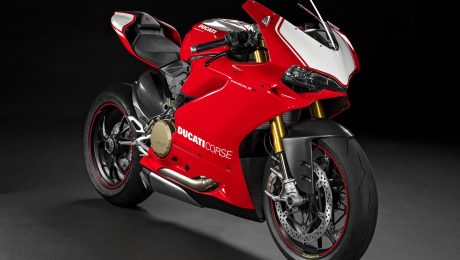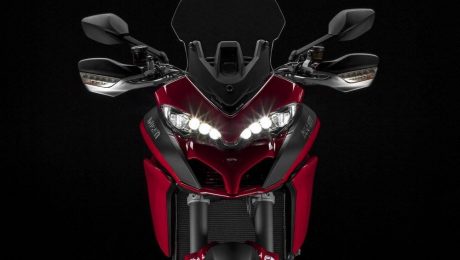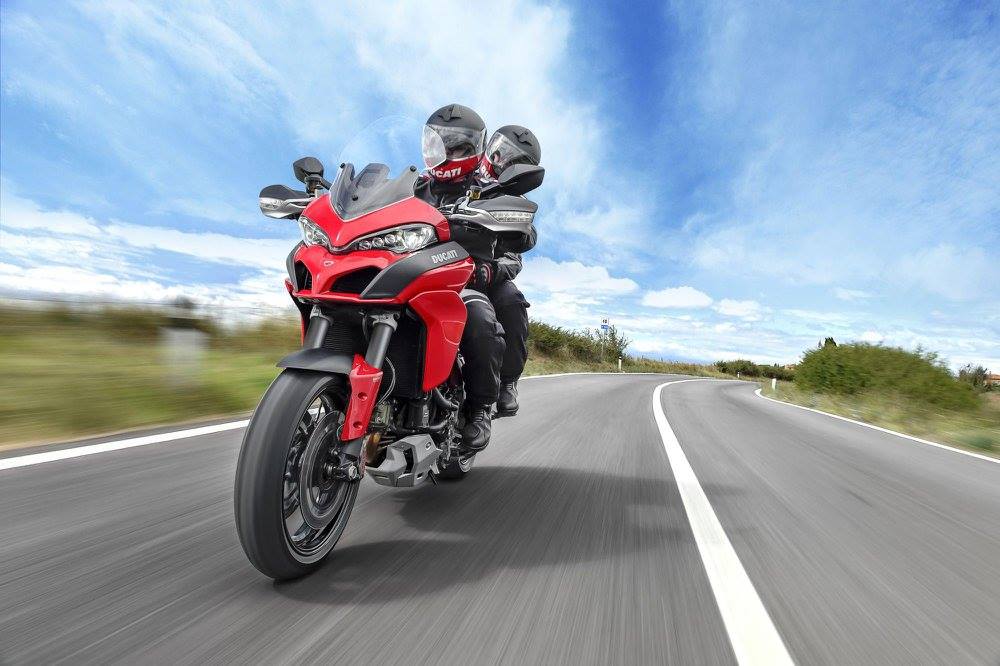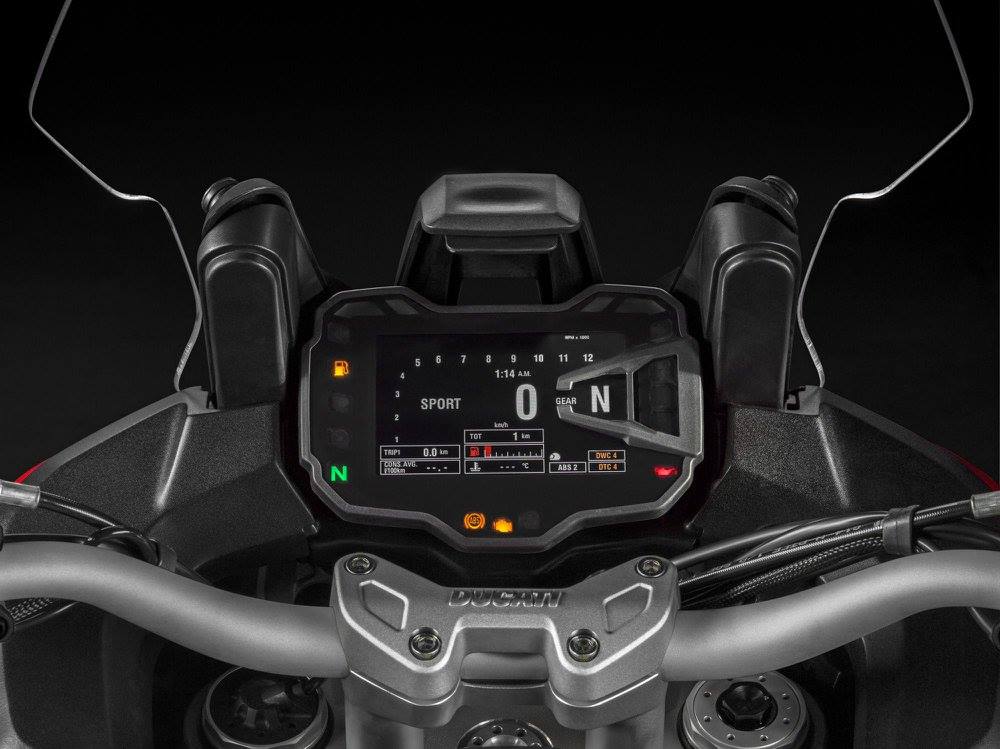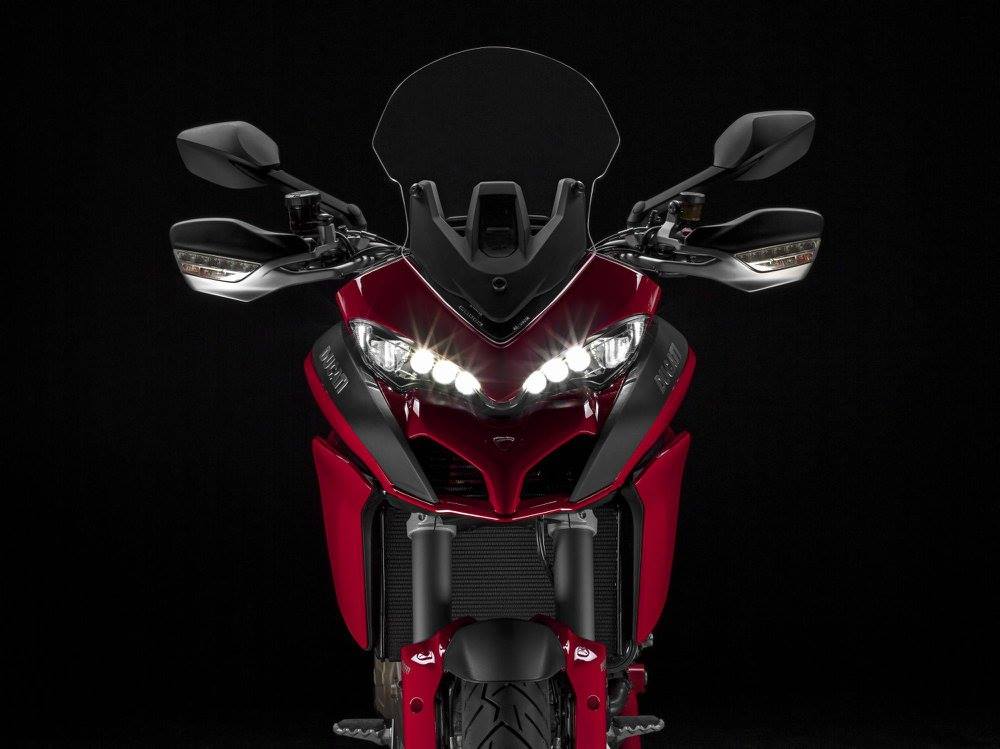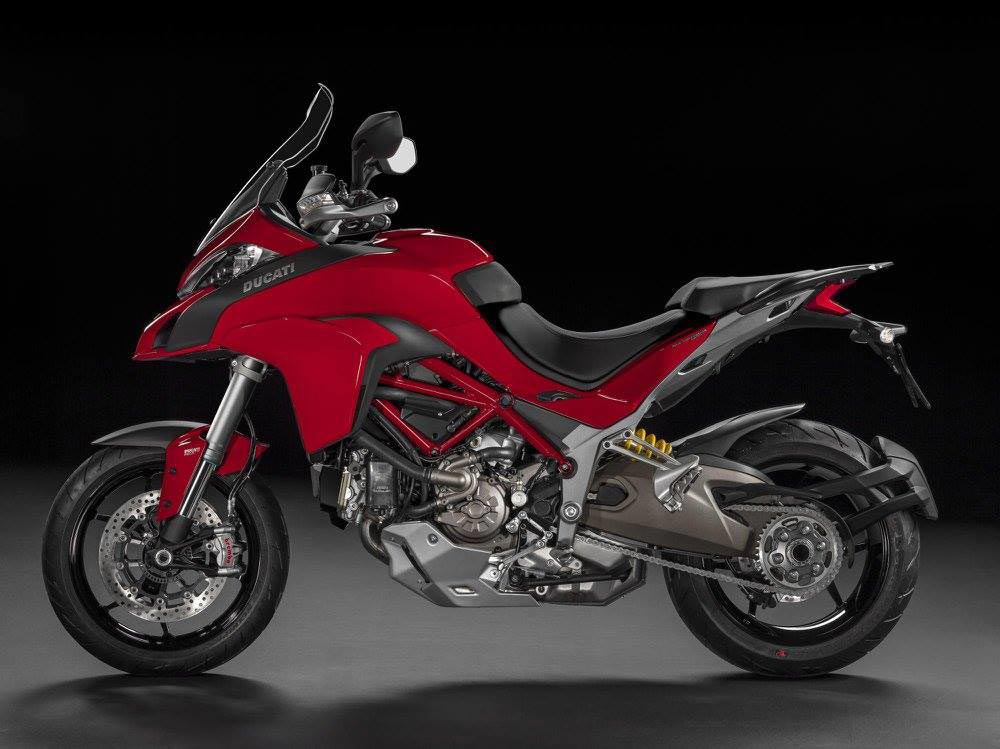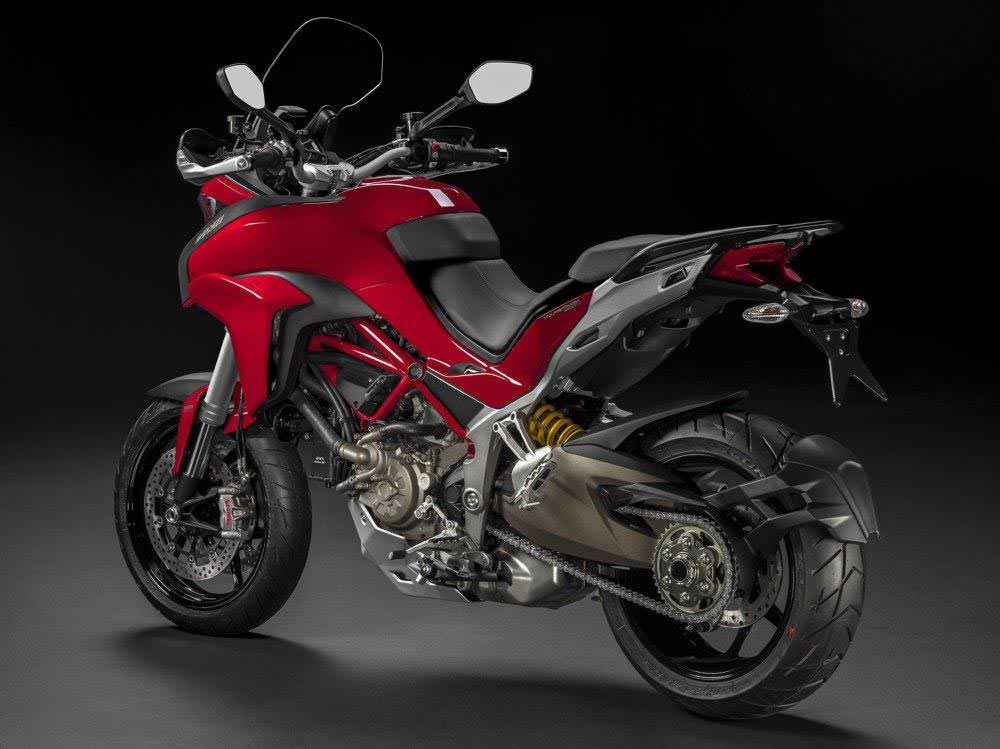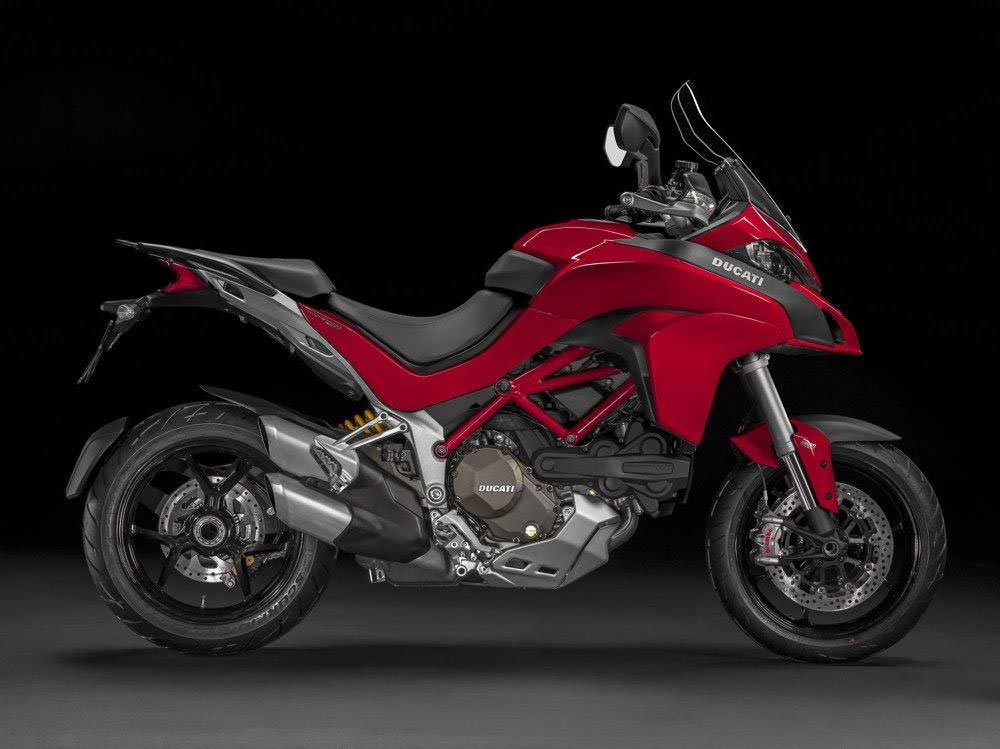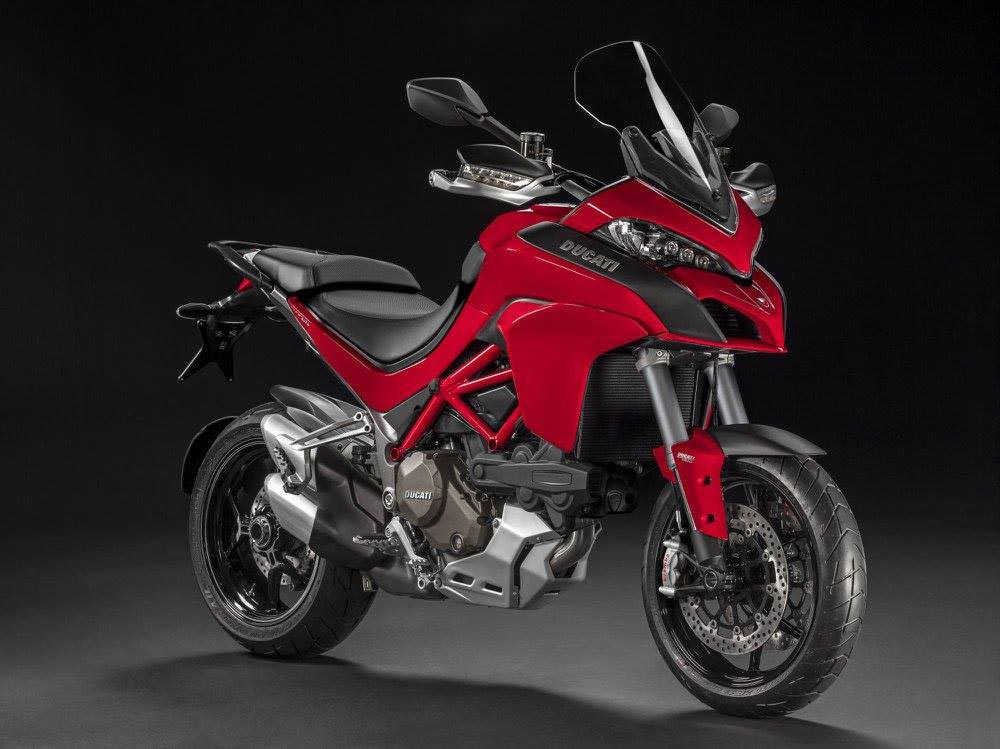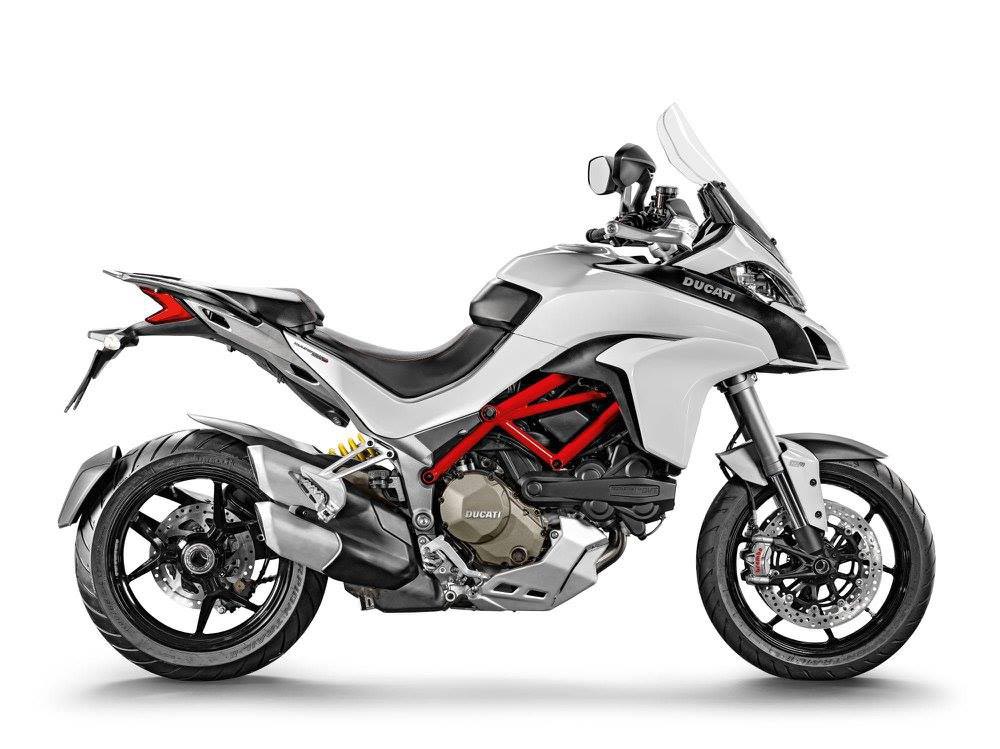2015 New Ducati Panigale 1299
2015 New Ducati Panigale 1299, Ducati’s flagship Panigale superbike has been given a technical and technological makeover aimed at keeping the road bike ahead of a very strong field of rivals in 2015, and the racing machine up the front of the Superstock grid.
As MCN revealed weeks ago there are now two different engines in the 1299 range; one for the standard 1299 and S models that have the 1285cc variant, and another for the R model which keeps to 1198cc to comply with Superstock and Superbike racing regulations, and benefits from a host of upgrade parts first seen on the high-spec 1199 Superleggera model launched last year.
All of the 1299 models get a redesigned tailpiece and an all-new exhaust system that’s lighter than the outgoing model’s. At the heart of the standard and S models is the new 1285cc version of the Superquadro V-twin that was first seen in the 1199 Panigale launched in 2011. Power is now a claimed 205bhp and the torque a monstrous 106.6lbft at 8750rpm – all wrapped up in a package that weights a mere 166.5kg.
Like the Multistrada 1200, the new 1299 has the Inertial Measurement Unit (IMU) which works to control and process all of the other electronic systems including cornering ABS, anti-wheelie, a new quickshifter that works for both up and down changes, semi-active suspension, engine braking control and traction control, along with the riding modes. The quickshifter also features a bar-mounted two-button controller on the left handlebar which allows the rider to effect up and down gearshifts without using the gear lever or clutch.
Creating balance
The new 1285cc engine produces 10% more torque and 10bhp more power thanks to the 87cc extra capacity, with the pistons now a vast 116mm in diameter, while the compression ratio has increased to 12.6:1. Those pistons, rings and pins have been redesigned and the whole engine (still with a 90-degree Vee angle, and still a structural part of the bike) has been rolled back in relation to the horizontal measurement to improve the weight distribution between front and rear.
In addition, the steering head angle has been altered by 0.5degrees to 24 degrees from 24.5degrees and the trail has been reduced from 100mm to 96mm. The swingarm lower pivot point is also now 4mm lower.
UK on the road prices:
Panigale 1299 £16,995
Panigale 1299 S £20,795
Panigale R £28,995
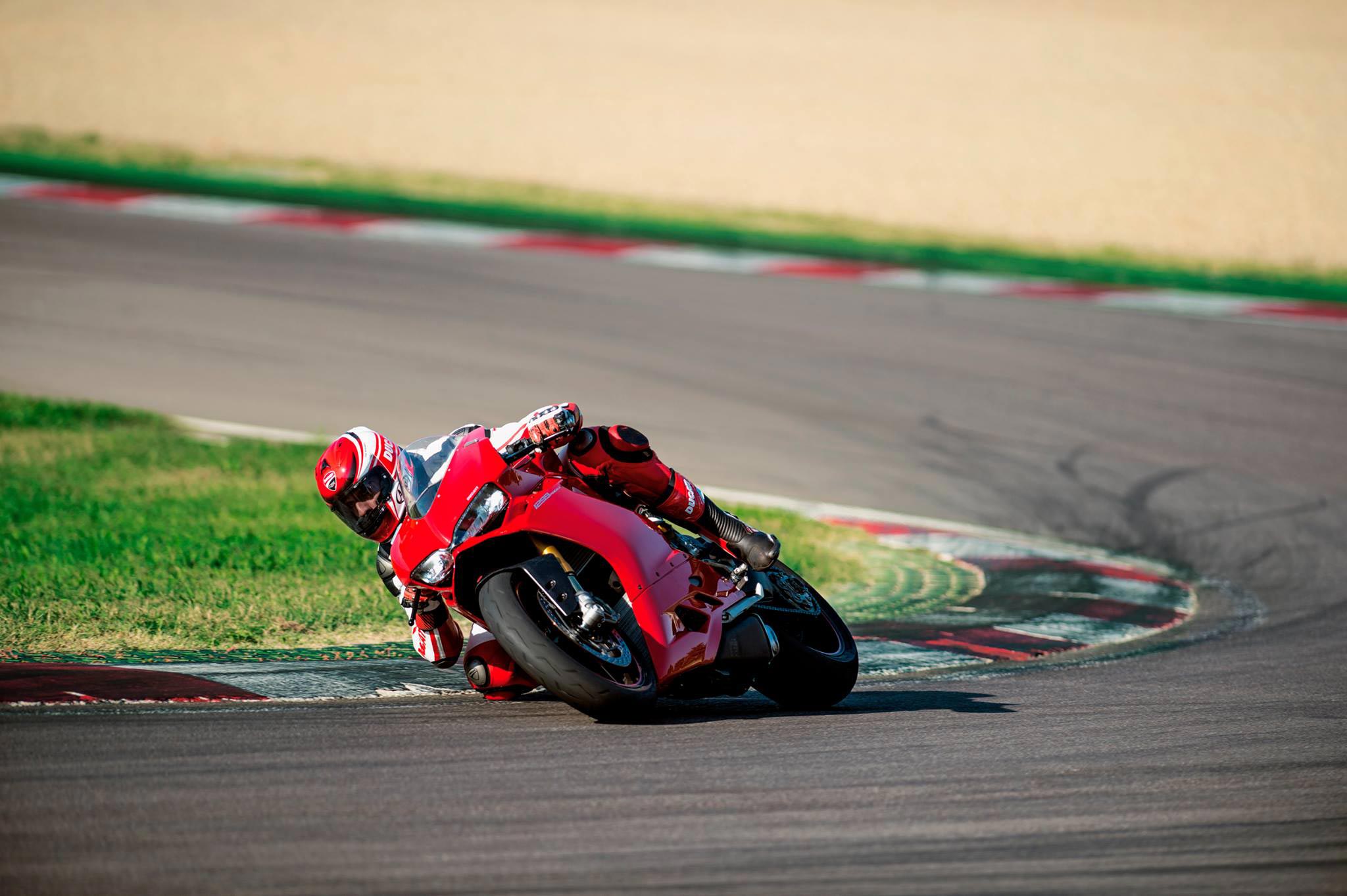
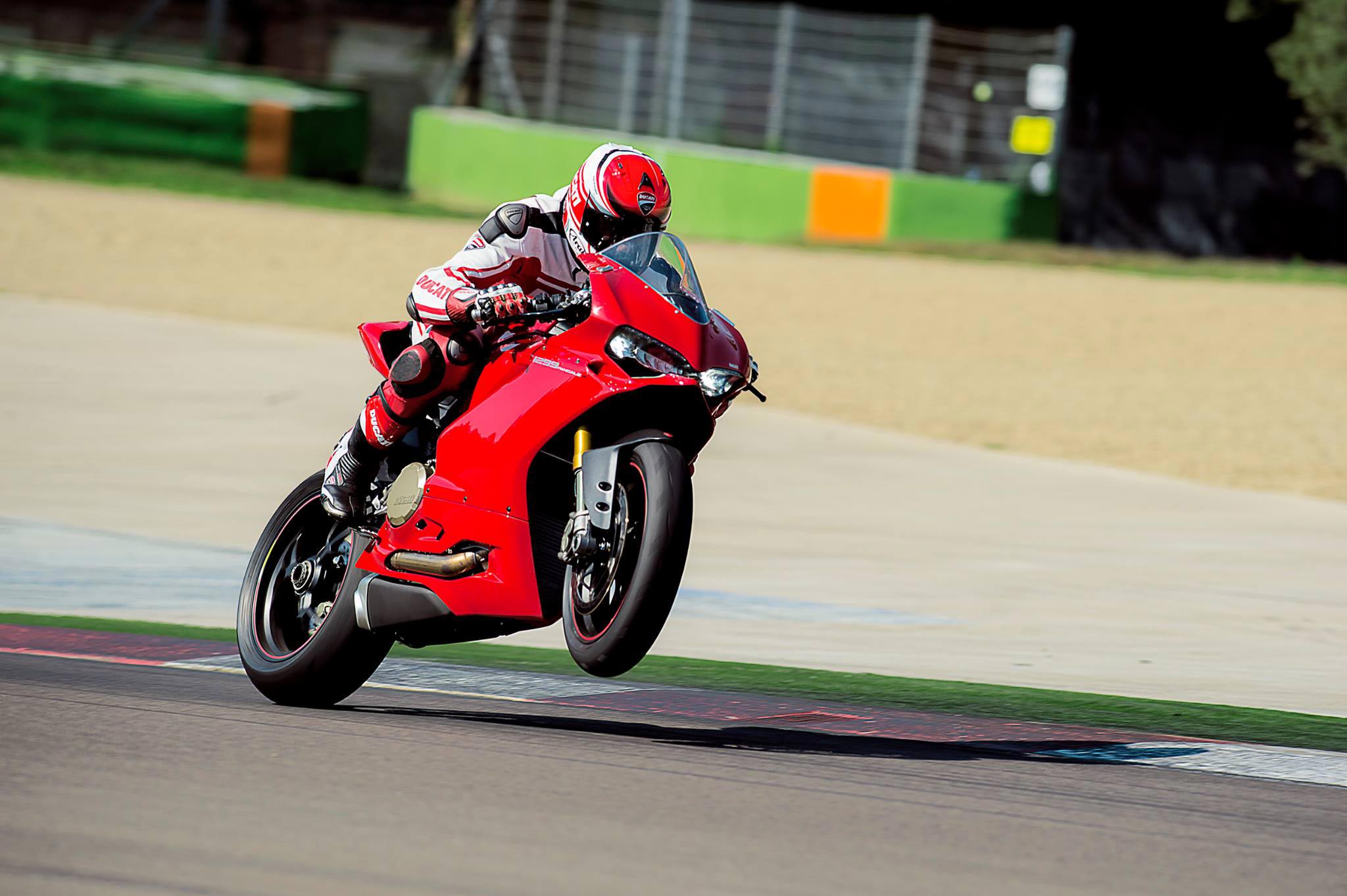
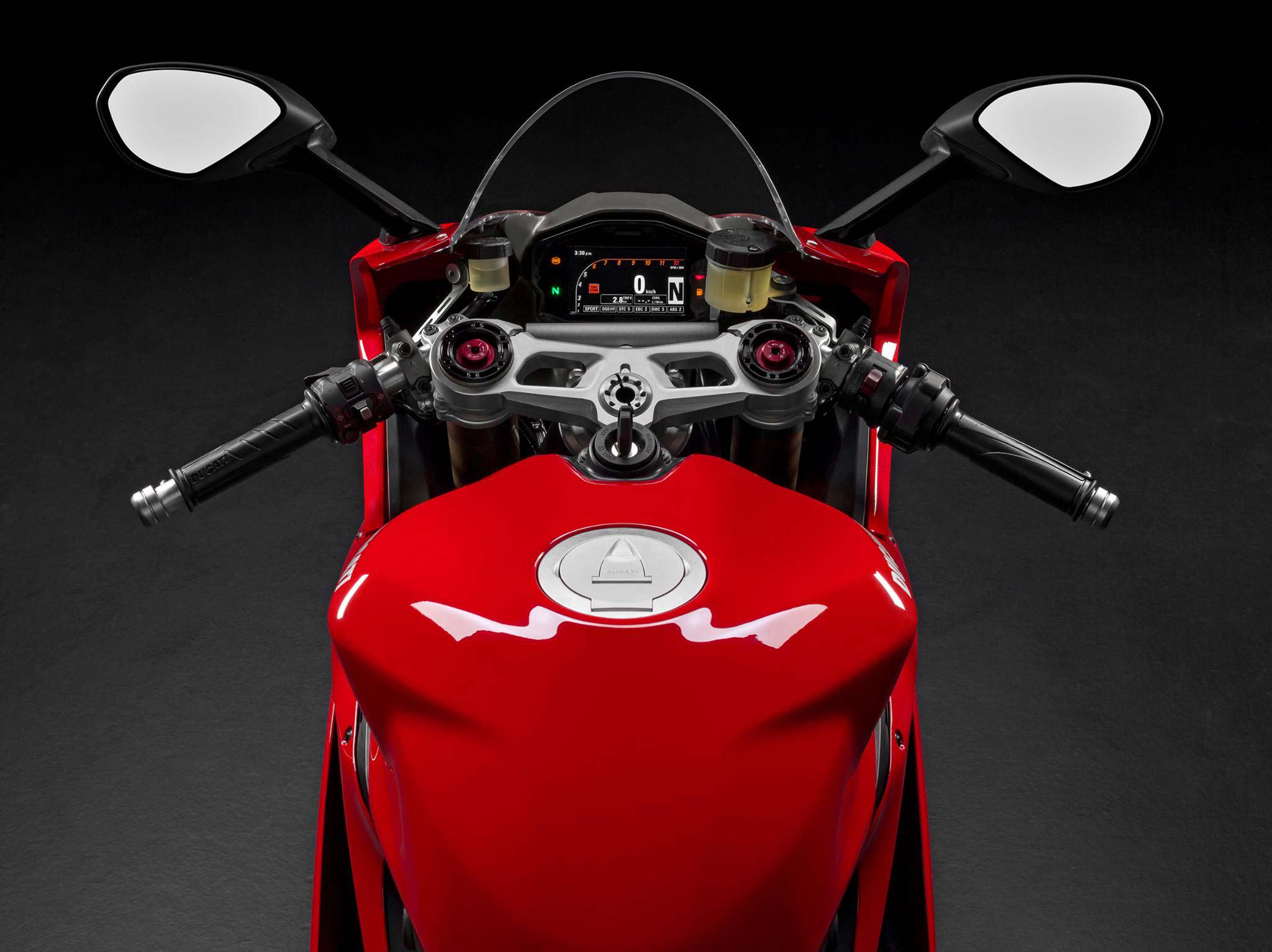

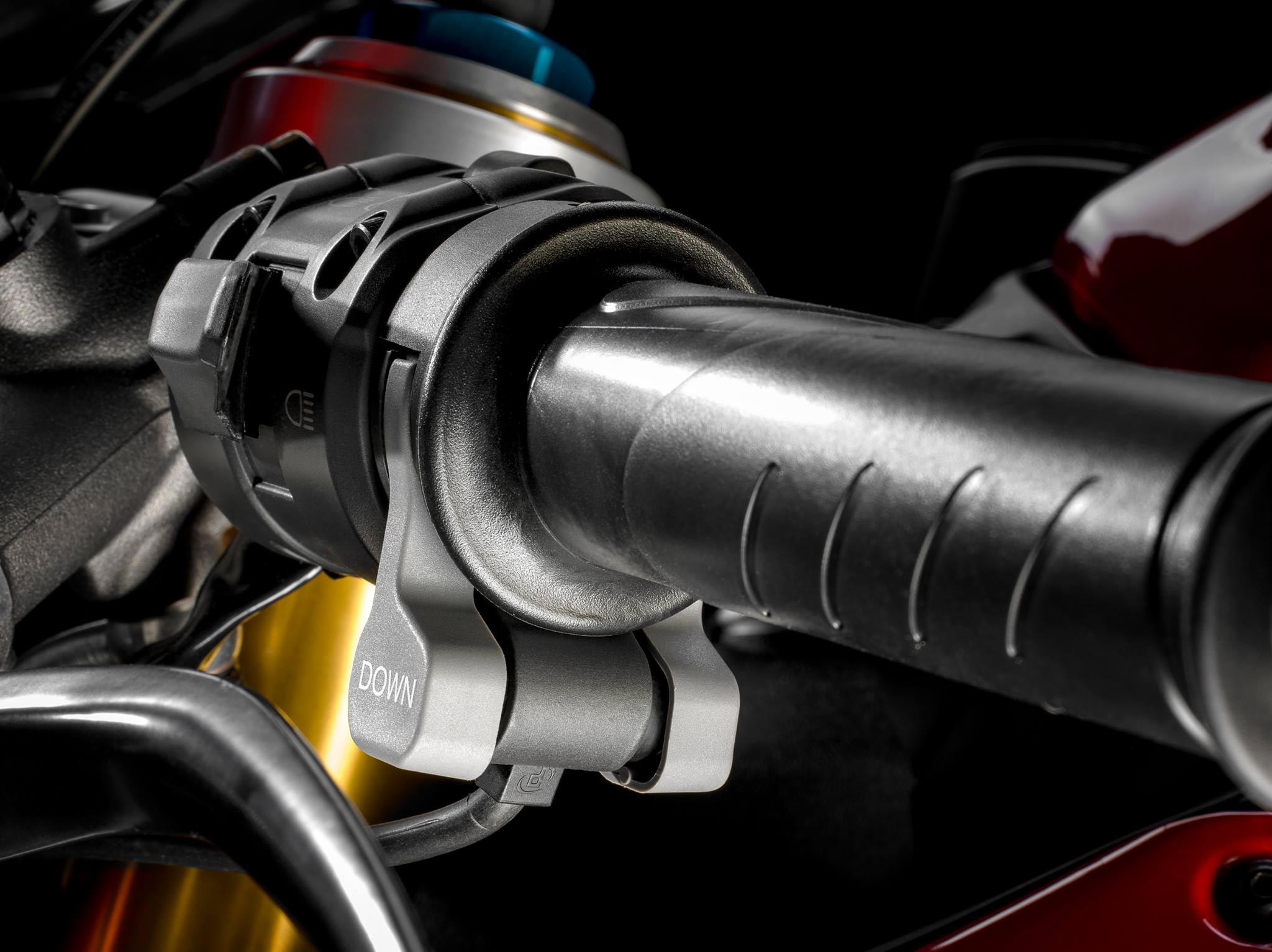
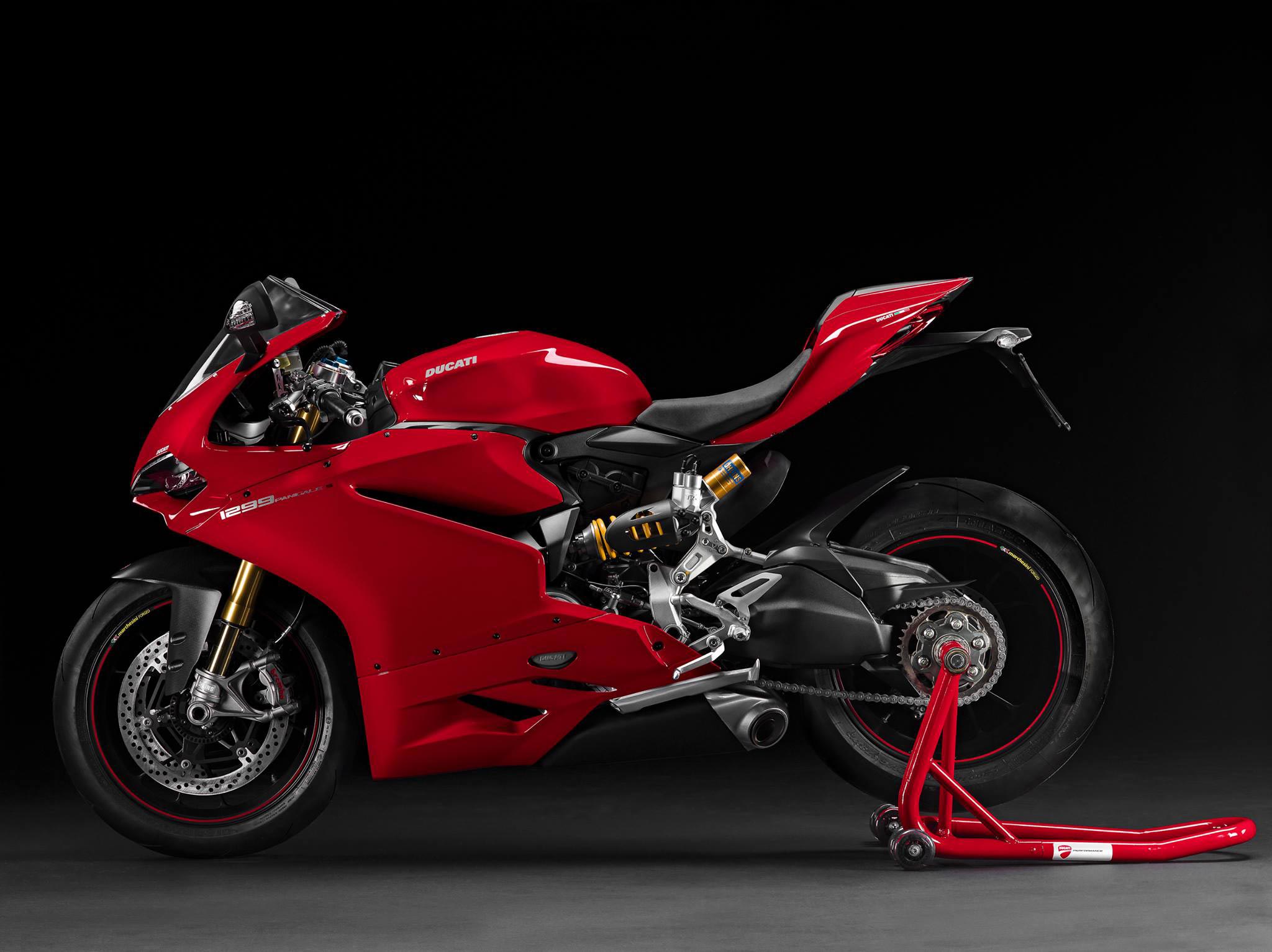
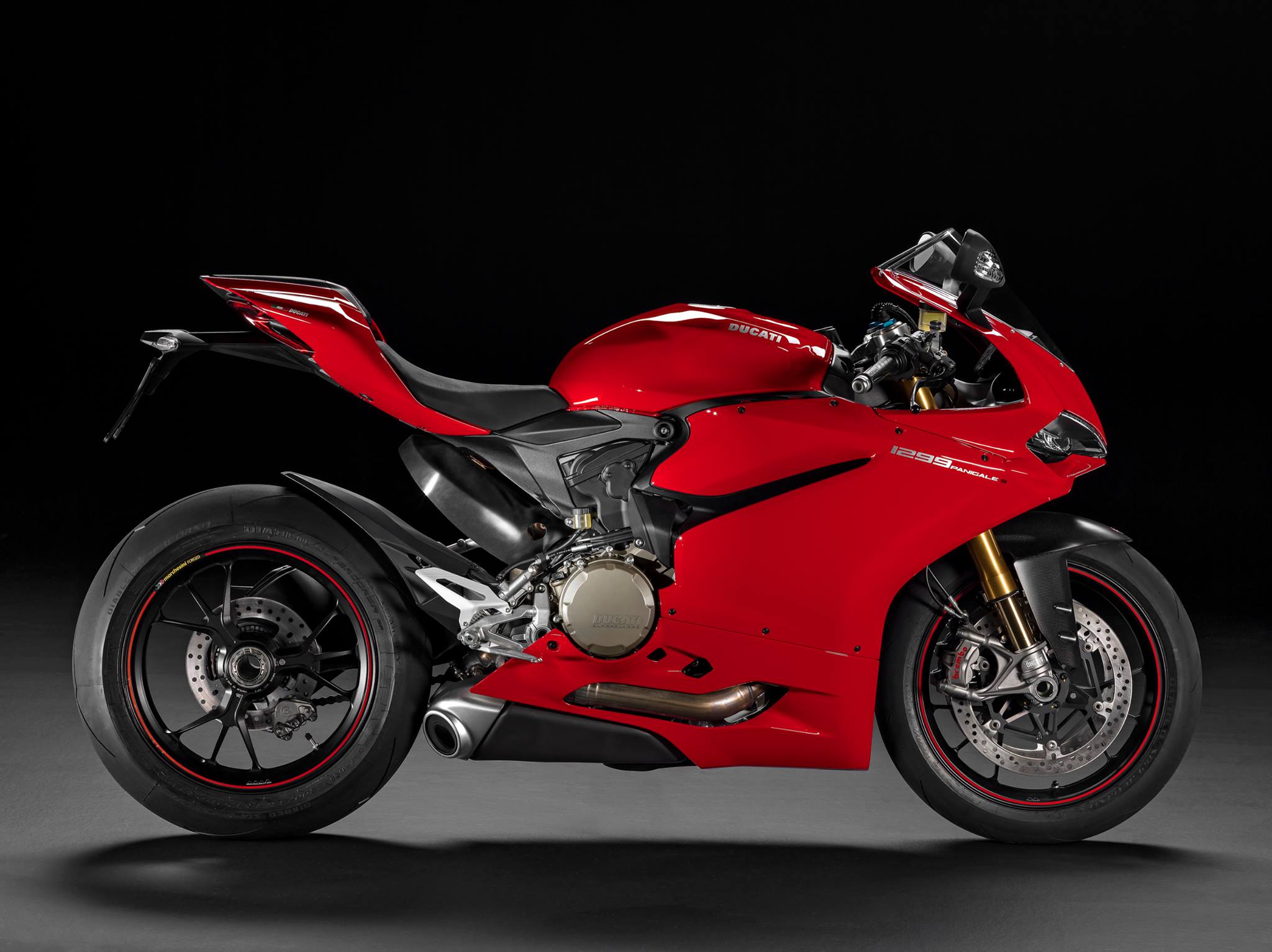
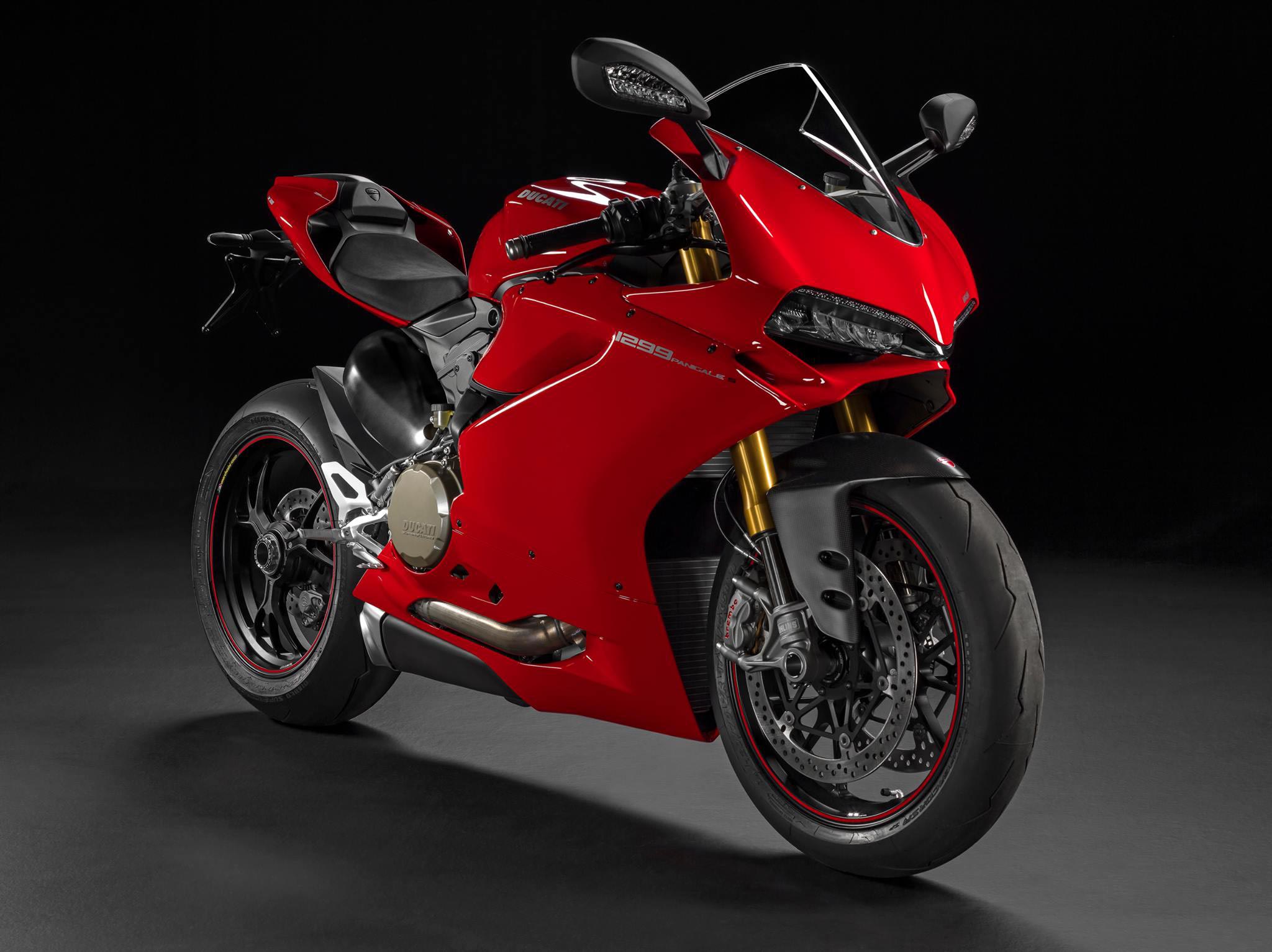
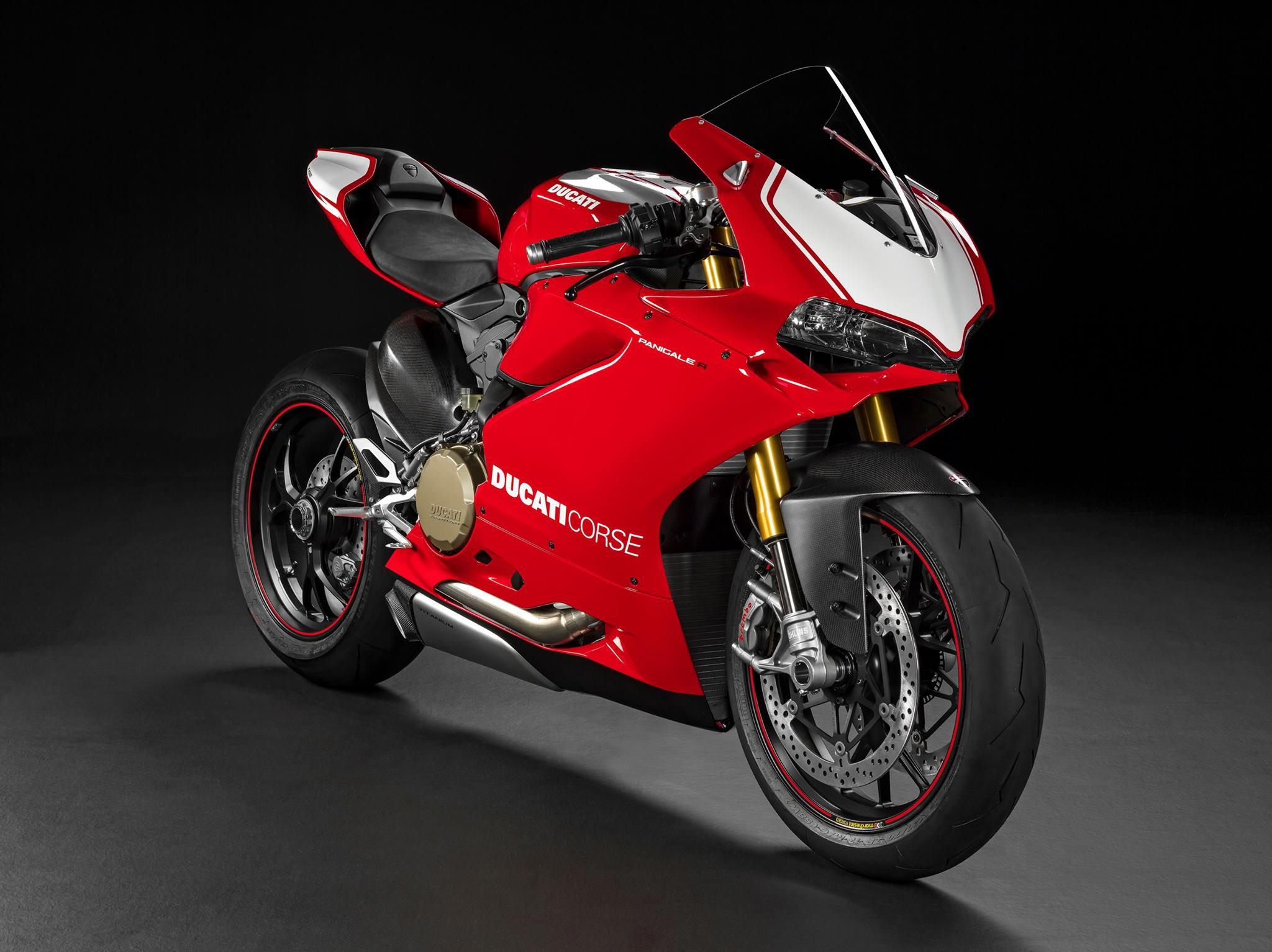
- Published in Motorcycles
2015 Ducati Multistrada 1200
2015 Ducati Multistrada 1200, Ducati’s big-selling Multistrada 1200 gets a massive overhaul for 2015, making it an almost all-new bike, with variable valve control engine, all-new electronics, revised styling and improvements to rider comfort and convenience. There are two models – the standard 1200, and an ‘S’ model which also includes the D-Air version that links to Dainese’s electronically-controlled rider airbag system.
The overall appearance of the new bike is still very recognisably Multistrada, but the new Ducati Variable Timing (DVT) version of the Testastretta 1198cc V-twin is now producing 160bhp at peak power, and with gains throughout the range thanks to the engine’s ability to adjust the valve timing to suit both low rev torque and higher rev power.
Other new features include an Inertial Measurement Unit (IMU), which works with the electronics by measuring roll, yaw and pitch angles as well as the rate of transition between them. This system works with the 1200’s cornering ABS, wheelie control, eight-stage traction control and the semi-active Skyhook suspension taken from the outgoing model. Cruise control is now standard on all models and a new multimedia system connects the bike to a smartphone by Bluetooth and allows interactivity between the bike and the phone for things like calls and text message notifications, and it even has a full LED headlight with the ability to light around corners.
Variable benefits
Ducati revealed they would be using the DVT system on a secret new 2015 bike three weeks ago, and MCN spy shots confirmed two weeks ago that it would be the Multistrada 1200. The system works to independently vary the timing of the camshaft that control both intake and exhaust valves according the best solution determined by the revs.
The intention is to provide the best of both worlds with low to medium rev torque and engine smoothness but higher rev power and performance. It works to constantly vary the degree of valve overlap so it’s always optimally matched to engine revs.
The DVT system is divided into two parts: an external housing rigidly connected to the timing belt and an internal mechanism connected to the camshaft. The internal mechanism can rotate and advance or retard the valve timing depending on the oil pressure in control chambers, which is adjusted by dedicated valves according to the engine revs and load.
New electronics
The IMU is the control and monitoring unit that processes and governs all the other electronic systems, including the traction control, anti-wheelie, cornering ABS, cornering lights and the four riding modes along with the Skyhook semi-active suspension.
The riding modes are carried over from the outgoing model with Sport, Touring, Urban and Enduro modes. They range from offering the full 160bhp in Sport and Touring but drop to 100bhp in the other modes. ABS, traction control, the semi-active suspension, ride height, throttle response and wheelie control are all adjusted according to each mode.
Rider comforts
A larger front fairing, bigger (adjustable) windscreen, altered riding position and re-profiled height adjustable seat are, Ducati claims, big contributions to the improvement of rider comfort on the new Multistrada 1200. The seat now adjusts between 825mm and 845mm and the handlebars are rubber mounted to reduce vibration. The 12v power sockets have also been moved to more convenient locations.
UK on the road prices:
Multistrada 1200 £12,995
Multistrada 1200S red £15,595
Multistrada 1200S white £15,795
- Published in Motorcycles


